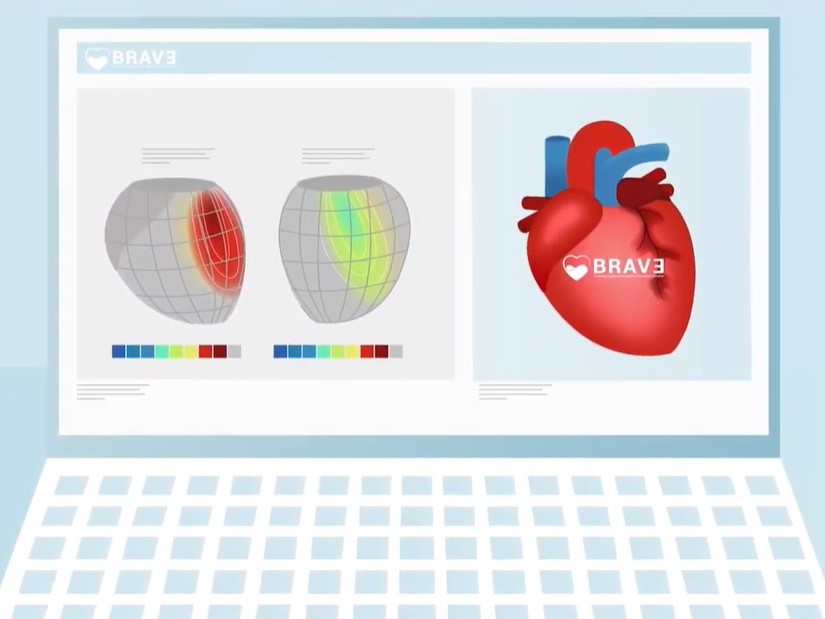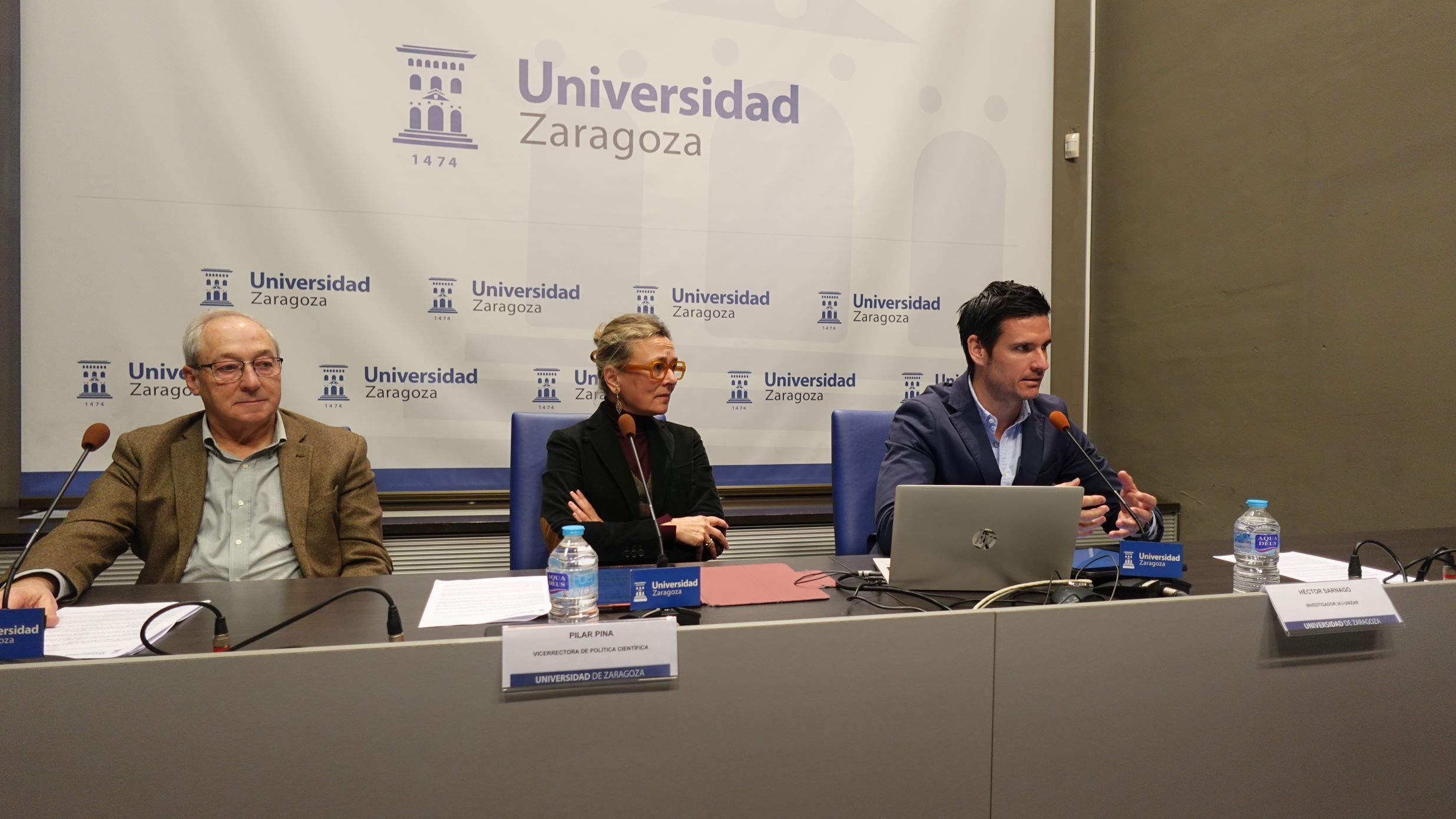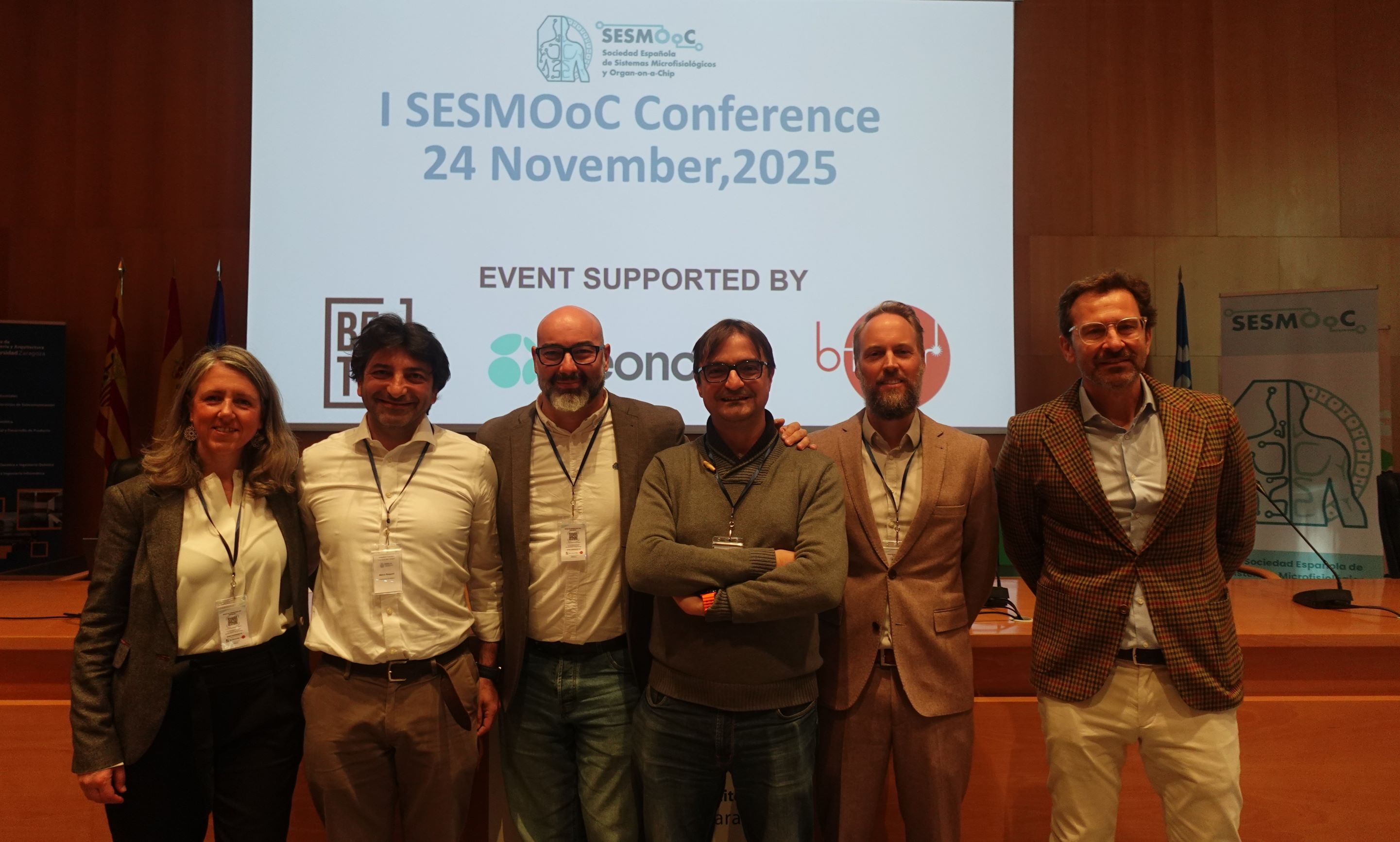
Researchers at the I3A have participated in the development of a system that, for the first time, is capable of predicting the behaviour of cardiac microtissues manufactured in the laboratory by researchers at the Cima of the University of Navarra.
The ensemble is a novel tool for modelling and simulating the evolution and functionality of biofabricated cardiac tissue. This study represents a breakthrough in the construction of models to accelerate the manufacture of a human myocardium in the laboratory.
The results of this research are published in the latest issue of the journal Biofabrication, one of the leading scientific journals on bioengineering and biomaterials. The Clínica Universidad de Navarra, the Instituto Universitario de Investigación en Ingeniería de Aragón, the Hospital General Universitario Gregorio Marañón, the University of Western Australia and the University College of London have collaborated in this research.
A giant leap forward in cardiac tissue engineering
Cardiovascular disease remains the leading cause of death worldwide, and myocardial-related complications are among the leading causes of drug withdrawal, both in the clinic and in the drug development process. Regenerative medicine addresses this problem by advancing the manufacture of human heart tissue to understand what causes damage to the heart and to develop more precise drugs and new therapies for its treatment.
"Evaluating all the variables that affect the development of each manufactured tissue requires a great deal of time and resources. Thus, our aim in this work was to design a predictive tool based on biological and mechanical information to speed up this process," explains Manuel Mazo, researcher at the Cima Regenerative Medicine Programme and principal investigator of the work.
To design this novel tool, the researchers generated human cardiac minitissues with different functional characteristics in order to feed this information into computer simulations. "By introducing the collected biological information into novel computational simulations, our work paves the way for advancing the development of in silico tools to predict the evolution of biofabricated cardiac tissue after its generation, and paves the way towards more accurate and biomimetic tissue manufacturing," concludes Mazo.
This work is part of the European projects in regenerative medicine of the Cima and the Clínica Universidad de Navarra BRAVƎ (#874827), CARDIOPATCH (SOE4/P1/E1063) and POCTEFA LG-MED (EFA313/19). It has been supported by the Centres for Biomedical Research Network on Cancer (CIBERONC), Bioengineering, Biomaterials and Nanomedicine (CIBER-BBN) and Cardiovascular Diseases (CIBER-CV). In turn, it has received funding from the Ministry of Science and Innovation (CARDIOPRINT PLEC2021-008127), the Carlos III Health Institute (co-financed with ERDF funds), the Advanced Therapies Network (TERAV) and the Government of Navarra, among other institutions.
Bibliographic reference: Montero-Calle P, et al. Fabrication of human myocardium using multidimensional modelling of engineered tissues. Biofabrication. 2022 Sep 14;14(4). doi: 10.1088/1758-5090/ac8cb3.




